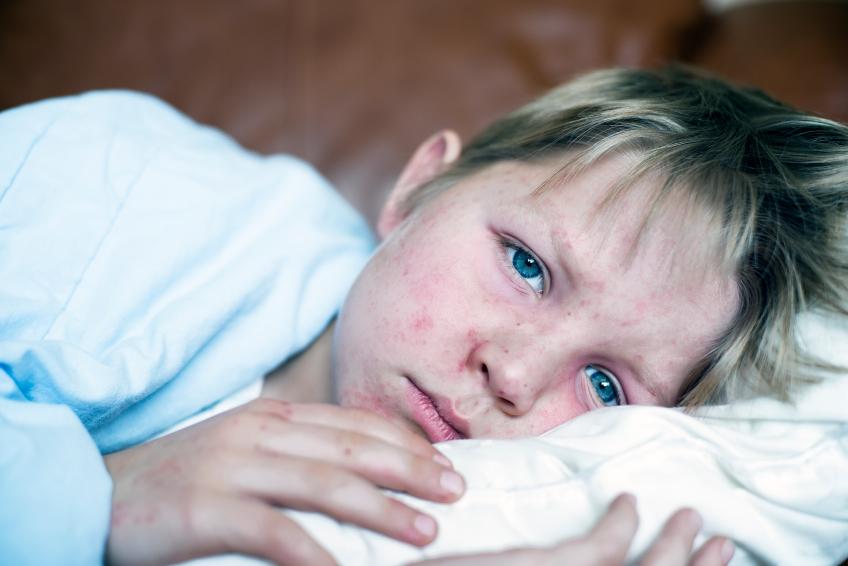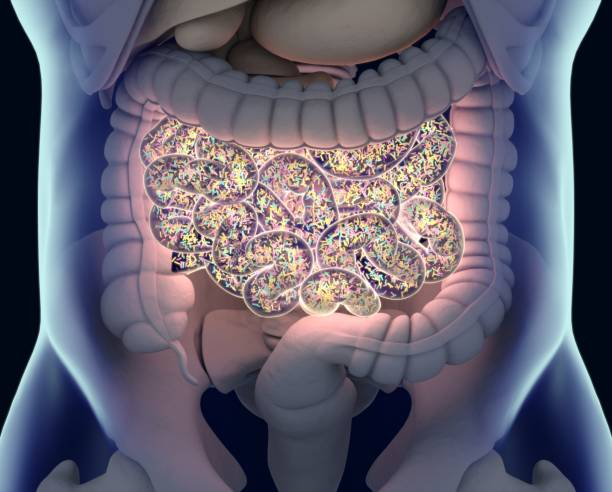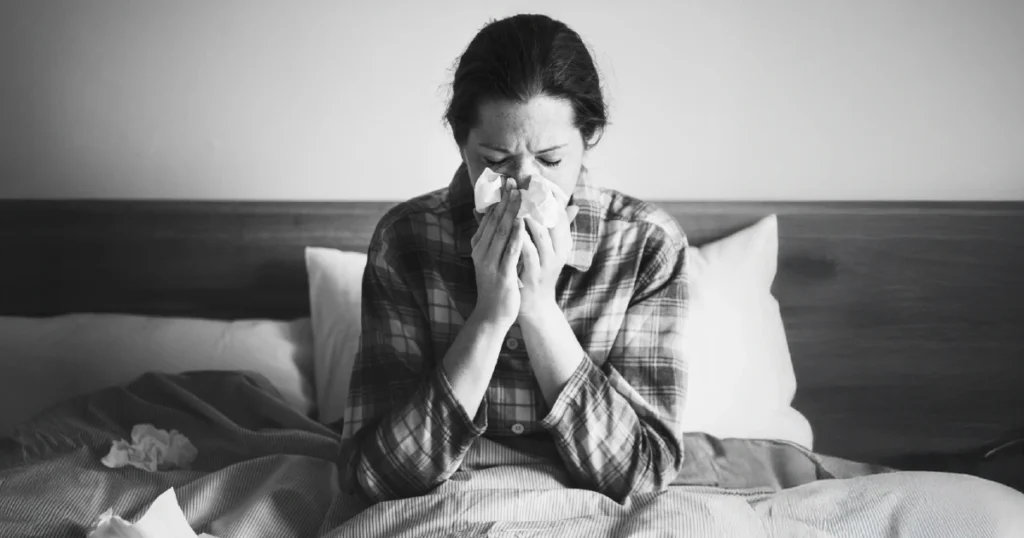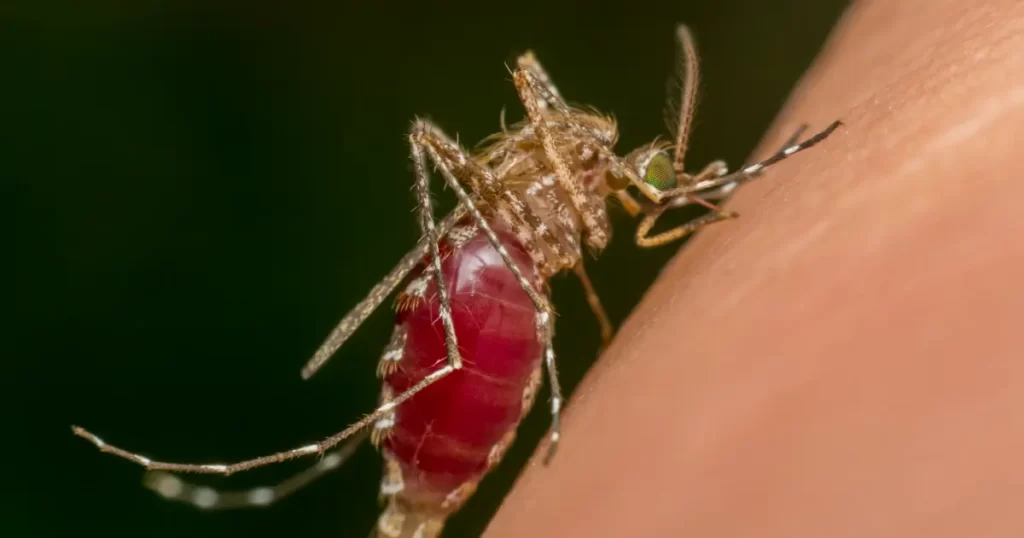
Today the University of Minnesota’s Center for Infectious Disease Research and Policy (CIDRAP, which publishes CIDRAP News), in partnership with the Coalition for Epidemic Preparedness Innovations (CEPI), launched a new digital home for the Coronavirus Vaccines R&D Roadmap (CVR) Initiative with expanded features for researchers, investors, policymakers, and the public.
In a University of Minnesota news release, the initiative called the revamped site “a global, open-access platform designed to track scientific progress toward the development of broadly protective coronavirus vaccines”—those that protect against multiple coronaviruses, such as SARS-CoV-2, which causes COVID-19, and MERS-CoV, which causes Middle East respiratory syndrome (MERS).
The new site boasts three integrated components:
- Coronavirus Vaccine Technology Landscape: a curated, continually updated database of coronavirus vaccines in preclinical and clinical development, including broadly protective vaccine candidates against SARS-CoV-2 and MERS-CoV.
- R&D Progress Tracker: an interactive tool that monitors scientific advances and reports progress toward achieving the roadmap’s goals and milestones in five areas: virology, immunology, vaccinology, animal and human infection models, and policy and financing.
- CVR Scholar Hub: a resource center that features literature reviews, data syntheses, and other materials supporting researchers in coronavirus vaccine development.
The roadmap—originally launched in 2023 with funding from The Rockefeller Foundation and the Gates Foundation—outlines key goals and milestones to guide global coronavirus vaccine R&D. With CEPI’s investment, and in collaboration with 50 global scientific experts, the new initiative serves to monitor progress in these priority research areas and further catalyze coronavirus vaccine development, which is critical for future preparedness and response.
Our goal is to turn information into actions—accelerating discovery, collaboration and preparedness for the next coronavirus threat.
“Knowledge is power when preparing for pandemic threats, so the more scientific information on coronaviruses we can develop and make accessible for researchers and policymakers worldwide, the stronger our defences when the next coronavirus rears its ugly head,” said Nadia Cohen, PhD, CEPI’s coronavirus vaccine program lead.
CIDRAP Director Michael Osterholm, PhD, MPH, added, “We now have a centralized, open-access resource that allows scientists, funders, and policymakers to see in real time where progress is being made and where critical gaps remain. Our goal is to turn information into actions—accelerating discovery, collaboration and preparedness for the next coronavirus threat.”

Southern Utah has become the epicenter of measles activity in the United States in the past 2 months, but so far, Salt Lake County has not reported any infections. But a new probable case reported by the Salt Lake County Health Department changes that.
Officials said a Salt Lake County resident is likely the area’s first case of measles but is refusing to submit to confirmatory testing.
The patient has declined to be tested, or to fully participate in our disease investigation, so we will not be able to technically confirm the illness.
“The patient has declined to be tested, or to fully participate in our disease investigation, so we will not be able to technically confirm the illness or properly do contact tracing to warn anyone with whom the patient may have had contact,” said Dorothy Adams, MPA, executive director at the health department, in a press statement.“But based on the specific symptoms reported by the healthcare provider and the limited conversation our investigators have had with the patient, this is very likely a case of measles in someone living in Salt Lake County.”
Adams urged cooperation with health officials, emphasizing the importance of contact tracing in measles outbreaks.
59 cases in Utah so far
So far this year, Utah has confirmed 59 measles cases, with most detections in Washington County, where a measles outbreak in the town of Hildale has fueled a Southwest measles cluster with neighboring Colorado City, Arizona.
Prior to this year, there had only been one confirmed measles case in Utah since 2020, a patient identified in 2023.

Adults with schizophrenia, bipolar disorder, or recurrent major depressive disorder—especially those who are older, Black or Hispanic, have chronic conditions, have public health insurance, or were hospitalized during infection—are at elevated risk for long COVID, according to an analysis published yesterday in JAMA Network Open.
To determine whether adults with serious mental illness (SMI) are more vulnerable to long COVID (also called postacute sequelae of SARS-CoV-2 [PASC]) than those without SMI, a team led by a Weill Cornell Medicine researcher conducted a longitudinal cohort study from March 2020 to April 2023.
The study was based on the electronic health records of more than 1.6 million COVID-19 patients aged 21 years and older from 30 days to 6 months after infection. The average patient age was 52 years, 61.4% were women, 12.6% were Black, 13.5% were Hispanic, and 51.3% were White.
Risk factors for persistent symptoms
A total of 15.9% of participants had an SMI, and 24.8% developed PASC. Those with an SMI were at a 10% higher risk for PASC (adjusted odds ratio [aOR], 1.10; 95% confidence interval, 1.08 to 1.11).
These results suggest the need for coordinated approaches that simultaneously treat and seek to prevent PASC among adults with serious mental illnesses.
“The increased COVID-19 infection and mortality risks of adults with SMI are due in part to limited general medical care access, treatment adherence challenges, and the presence of comorbidities such as cardiovascular disease and diabetes,” the researchers wrote.
A PASC risk factor was older age compared with ages 22 to 34 years (OR for 35 to 44 years, 1.04; OR for 45 to 64, 1.11; OR for 65 and older, 1.18).
Other contributing factors were Black or Hispanic versus White race (Black OR, 1.08; Hispanic OR, 1.12), chronic disease versus none (OR for Charlson Comorbidity Index [CCI] scores of 1 to 3, 1.13; OR for scores of 4 or higher, 1.23), hospitalization for infection versus none (OR, 1.80; hospitalization with ventilation, 2.17). Relative to public health insurance, commercial insurance was tied to lower odds of PASC (OR, 0.85).
“These results suggest the need for coordinated approaches that simultaneously treat and seek to prevent PASC among adults with serious mental illnesses,” the authors concluded.

A randomized controlled trial in Australia and Canada found that selective decontamination of the digestive tract (SDD) in critically ill patients undergoing mechanical ventilation in the intensive care unit (ICU) did not reduce the incidence of in-hospital death, researchers reported yesterday in the New England Journal of Medicine.
In the trial, a team led by investigators from the University of Toronto and the University of New South Wales randomly assigned 26 ICUs in Australia and Canada to use SDD or to continue standard care for two 12-month periods in patients undergoing mechanical ventilation. The primary outcome was in-hospital death from any cause at 90 days. Microbiologic secondary outcomes included new positive cultures for bloodstream infections and antibiotic-resistant organisms.
The principal aim of SDD, which involves the application of a topical oral antibiotic paste to the oropharynx and stomach in combination with intravenous antibiotics, is to prevent the development of lower respiratory tract infections that can result from an overgrowth of gram-negative bacteria and yeast from upper gastrointestinal tract in mechanically ventilated patients. While more than 75 trials and systematic reviews have found that SDD is associated with reductions in mortality, adoption has been low because of concerns about the development of SDD-associated antibiotic resistance.
No reduction in in-hospital deaths
A total of 20,000 patients were involved in the trial, with 9,289 enrolled in the randomized trial and 10,711 included in an ecological assessment of microbiologic outcomes. At 90 days, 1,174 (27.9%) of 4,215 patients in the SDD group and 1,494 (29.5%) of 5,065 in the standard-care group had died before hospital discharge. The odds ratio for death in the SDD group relative to the standard-care group was 0.93.
New bloodstream infections occurred in 4.9% of the patients in the SDD group and in 6.8% of those in the standard-care group (adjusted mean difference, −1.30 percentage points), while antibiotic-resistant organisms were cultured in 16.8% and 26.8%, respectively (adjusted mean difference, −9.6 percentage points).
In the ecologic assessment, noninferiority of SDD was not confirmed for the development of new antibiotic-resistant organisms. Adverse events were reported in 12 patients (0.3%) in the SDD group and in no patients in the standard-care group.

Six house mice in Grant County, Washington, have been identified as having avian influenza, a mammal detection that is likely linked to increased avian influenza among wild birds in the same county.
According to an update from the US Department of Agriculture (USDA) Animal and Plant Health Inspection Service (APHIS), the mice were collected on October 15.
Grant County, which is west of Spokane, recently had seven avian flu detections in wild birds, including several ducks and waterfowl. Those detections occurred on October 23.
Avian influenza detections in both wild birds and commercial poultry have skyrocketed in recent weeks as birds migrate south.
Meta-analysis of COVID, RSV, flu vaccines for fall provides ‘sea of data’ showing efficacy, safety













